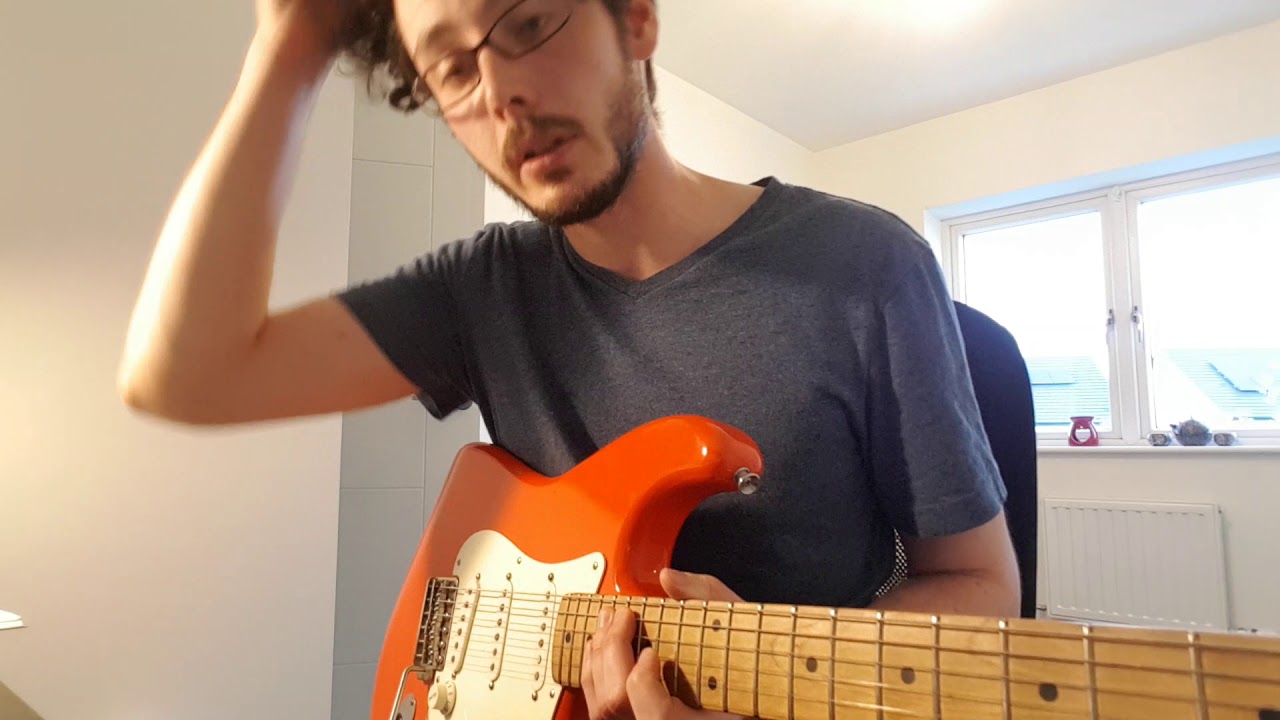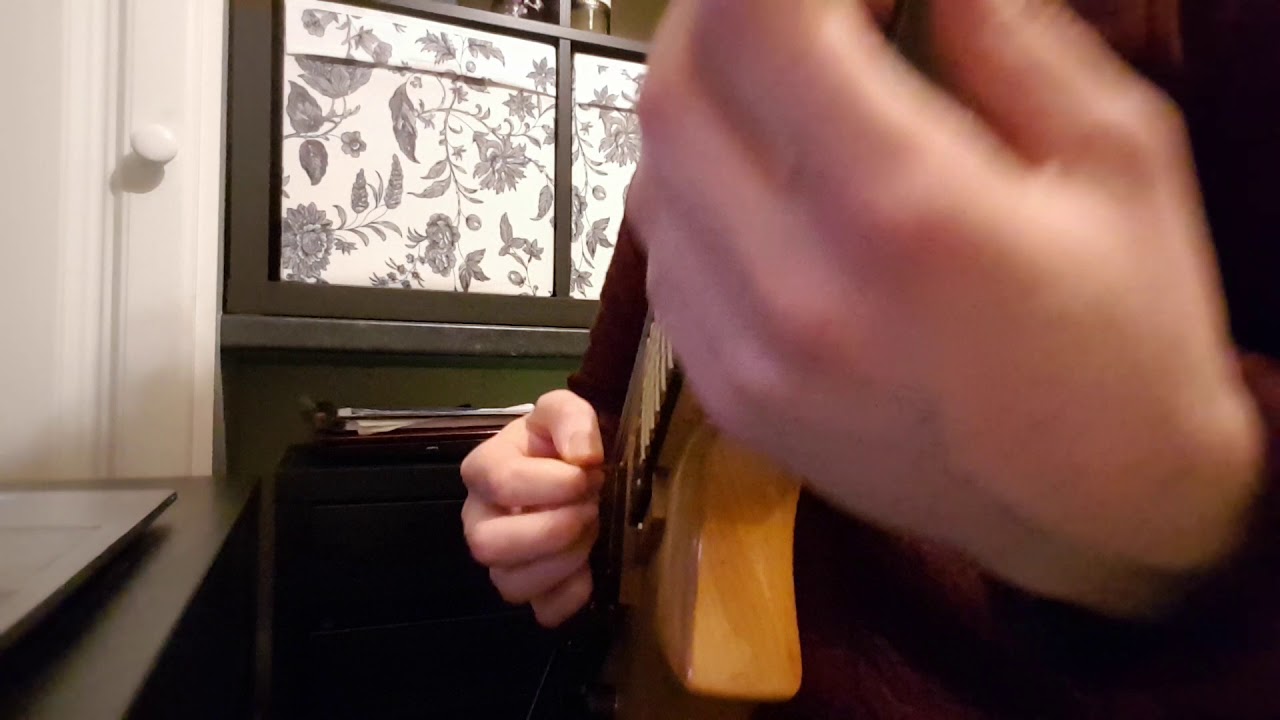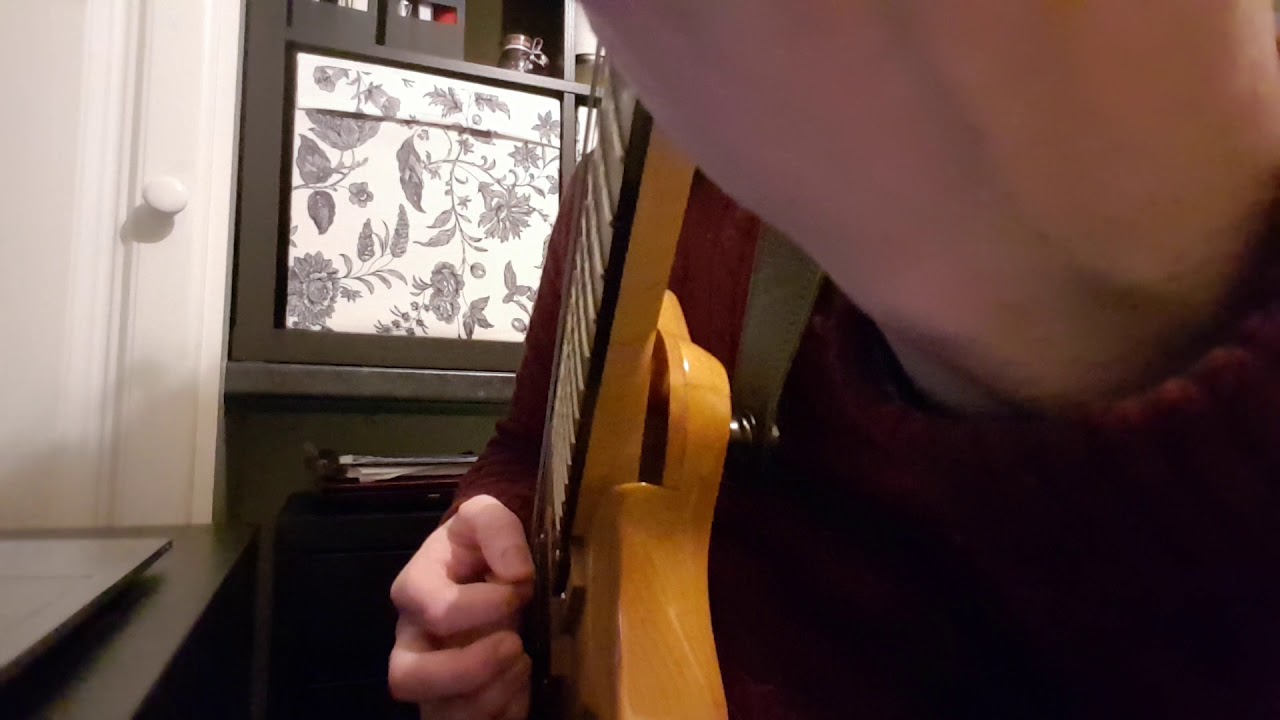Like I imagine happens to a lot of newcomers to CTC, I’m a bit drowning in the details at this point. So much great info, but… I don’t know how typical I am as a member, but musically I’m really not aiming for top speeds. Generically you could say I aspire to the kind of playing you hear in classic rock – there are definitely moments of technically challenging guitar playing there, but more like the guy who floors it to pass other traffic on the highway than the helmeted guy on a racing oval. I once heard someone say that shred starts around 16ths at 160, but that 16ths at 120 is sufficient for most styles outside of metal. Put me in the latter category.
In terms of the vernacular around here, that seems to mean that I need to focus on double-escape pickstrokes.
At first I thought that CTC was teaching me to be the ‘karate kid’ (probably gotta be 50 or older to get that ‘80s reference). In other words, learn a bunch of things in isolation, as ‘techniques,’ and then suddenly they’ll appear in your playing. (“Wax on! Wax off!”) But that was unrealistic. I recognize now the need for the right material to make this stuff real, no matter how precisely and anatomically you approach it.
With double-escape in mind, could anyone suggest good material to work with - very specifically (exercises from books that you like, solo licks, songs, super-specific advice about scales/arps)?





